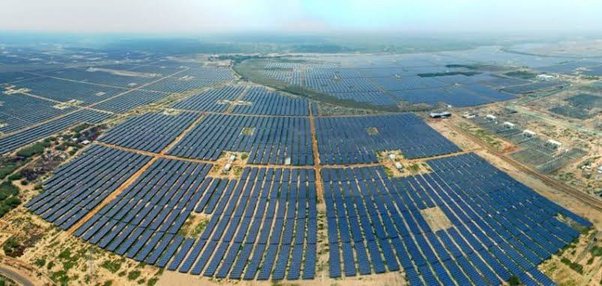
A major step toward boosting trade and investments between the areas was taken on Sunday with the signing of a trade and economic partnership agreement (TEPA) between India and the four European nations that make up the EFTA.
As part of the agreement with the European Free Trade Association (EFTA), which is made up of Iceland, Liechtenstein, Norway, and Switzerland, India will phase out customs duties on these goods, which is expected to facilitate Indian access to high-quality Swiss products like watches, chocolates, biscuits, and clocks at reduced prices.
Due to the complex ratification procedures in several nations, the agreement, known as the India-EFTA Trade and Economic Partnership Agreement (TEPA), may take up to a year to implement.
The “fair, equitable, and mutually beneficial” aspects of the deal were emphasized by Union Minister of Commerce and Industry Piyush Goyal, who also emphasized the potential for significant trade and investment opportunities for both parties.
It is projected that the TEPA will increase India’s exports of machinery, chemicals, apparel, and medicines while drawing capital to industries such as finance, food processing, transportation, and autos.
With total two-way trade expected to reach USD 25 billion in 2023, India ranks fifth among EFTA’s most important commercial partners, behind the US, China, the UK, the EU, and the US. The EFTA bloc commits to investing USD 100 billion in foreign direct investment over a 15-year period as part of the agreement.
Notably, the EFTA bloc’s member nations have committed to investing USD 50 billion within the first ten years following the agreement’s adoption and an additional USD 50 billion during the next five years. One million direct job opportunities are anticipated to result from this investment in India.
The TEPA gradually removes tariffs on various Swiss items over a period of seven to 10 years, giving India access to high-quality Swiss products at lower prices.
Also read: India is now the top supplier of refined fuel to Europe, Surpasses Saudi Arabia.


Seafood, fruits, coffee capsules, oils, candies, processed foods, cellphones, bicycle components, medical equipment, clocks, watches, medications, textiles, clothing, iron and steel goods, and manufacturing equipment are some of the important categories. In five years, the five percent tax on cut and polished diamonds will drop to 2.5 percent; however, there are no meaningful tariff breaks available for gold.
India’s major commercial partners are Norway and Switzerland, making the trade connection between India and EFTA vital. According to the Global Innovation Index, Switzerland, a country known for its innovation, is at the top.
In the most recent fiscal year, India’s trade deficit reached USD 14.45 billion, while bilateral trade between the two countries was valued at USD 17.14 billion. India’s top exports to Switzerland are equipment, textiles, clothing, ships & boats, jewelry, diamonds, and chemicals. India imports a sizable amount of gold from Switzerland.

































































































































































































































































































































































































































































































































































































































































































































































































